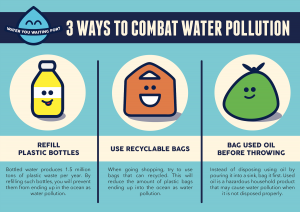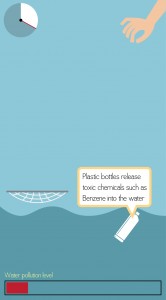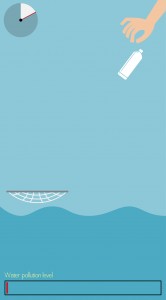Empowering rural poor communities in Cambodia, one at a time
The Water Crisis in Cambodia
Cambodia has one of the fastest growing GDPs in Asia, but more than 11.8 million of the population still lack access to a safely managed drinking water source[1], of which 10.4 million live in rural areas. The lack of access to safe water and sanitation services leaves children especially vulnerable to water borne diseases. In Cambodia, diarrhea is second leading cause of death for children under the age of five[2].
The Lien AID Approach – Empowering Local Communities Through a Social Enterprise Model
Since 2011, Singapore NGO Lien AID has been enabling rural poor communities in Cambodia to gain sustainable access to clean drinking water. As of end 2016, Lien AID has enabled more than 350,000 rural poor in Cambodia to gain access to clean drinking water through 64 Community Water Enterprises (CWE) across 11 provinces.
Going beyond the traditional approach of providing funding and infrastructure, the CWE programme developed by Lien AID utilises a social enterprise model that trains and empowers local communities to deliver sustainable clean water services to rural households. Under this programme, Water Entrepreneurs and Water Management Committees are selected from the local villages via a rigorous evaluation process. They are subsequently trained in the operation and maintenance of water treatment and bottling plants, as well as in basic business skills and the management of water services.
Partnership with Ministry of Foreign Affairs (MFA) Singapore
Last year, two CWEs that were established with the support of Ministry of Foreign Affairs (MFA) Singapore were handed over to the communities of Ta An and Msar Krang communes. Through these projects, 2,023 households and 10 schools gained sustainable access to clean drinking water.
In late 2016, Singapore volunteers from Nanyang Technological University and Conjunct Consulting conducted a further evaluation study in the two communes to better understand villagers’ perspectives of the CWE initiative.
Stories of Real People Empowered Through Lien AID’s CWE Programme
The CWE programme has not only empowered water entrepreneurs, but it has also changed the lives of many other villagers. Here are some stories of real people whose lives have improved since gaining better and more affordable access to clean water.
Se Hin, a provision shop owner in Anglong Tean village, Takeo province, was able to earn more income after she gained better access to affordable clean water under the CWE programme. “People used to spend twice as much on imported water from Vietnam. Now they have more money to buy snacks and drinks. I have more income to send my children to school.” – Se Hin
Cham Nan, a water entrepreneur from Toul Putrea village, Takeo province was able to leave his job in a food factory and now runs the CWE plant in Toul Putrea village with his wife. For him, clean water means hope for a better future for his growing family. “Not only am I able to provide for my family, I also learned to run my own business. I think I am more responsible and confident now.” – Cham Nan
Kim Ly, rice farmer, Toul Putrea village, Takeo province. Kim’s life improved after he gained access to affordable clean water. The bottled water from CWE costs less than half the price of the imported bottled water that he used to buy. Kim was able to save more money for his children’s education, and could even afford to buy more cows. “I have four cows now. And I have more rice.” – Kim Ly.
For more information on Lien AID’s initiatives and how you can partner with us, please visit lienaid.org/get-involved
A version of this article also appeared in the Khmer Times Singapore National Day Supplement.
































